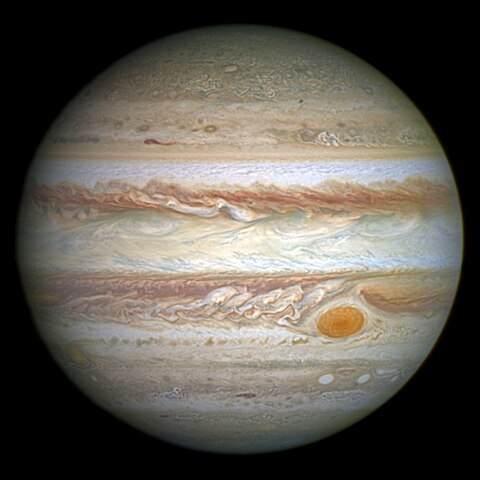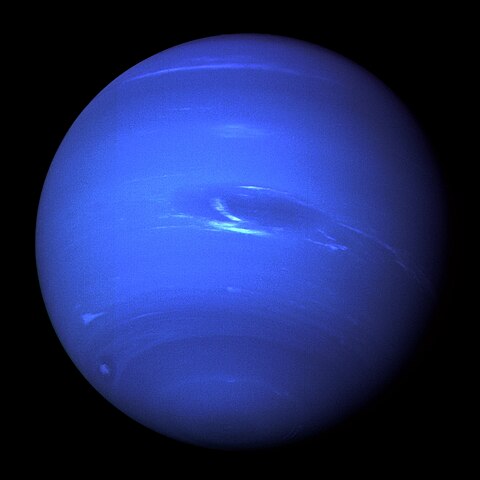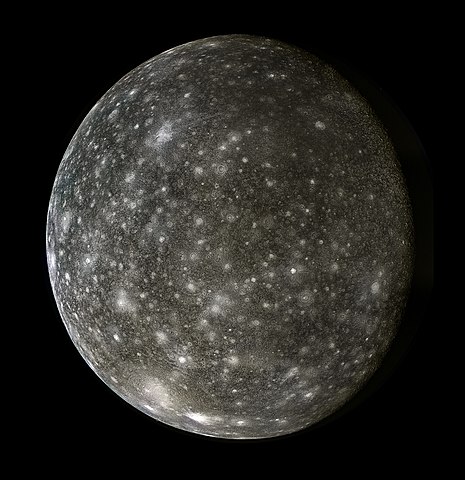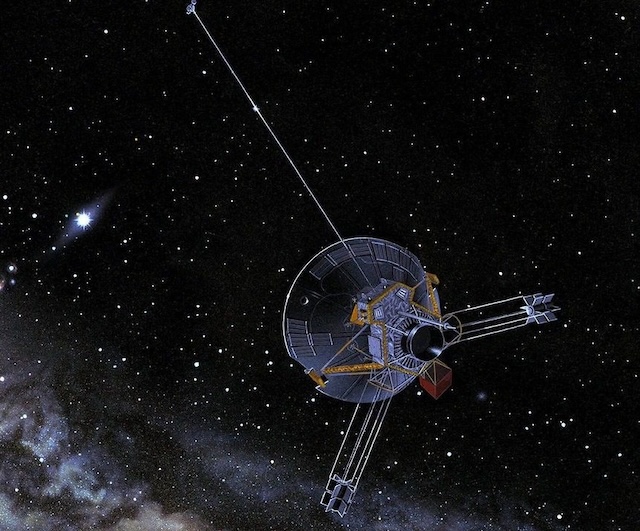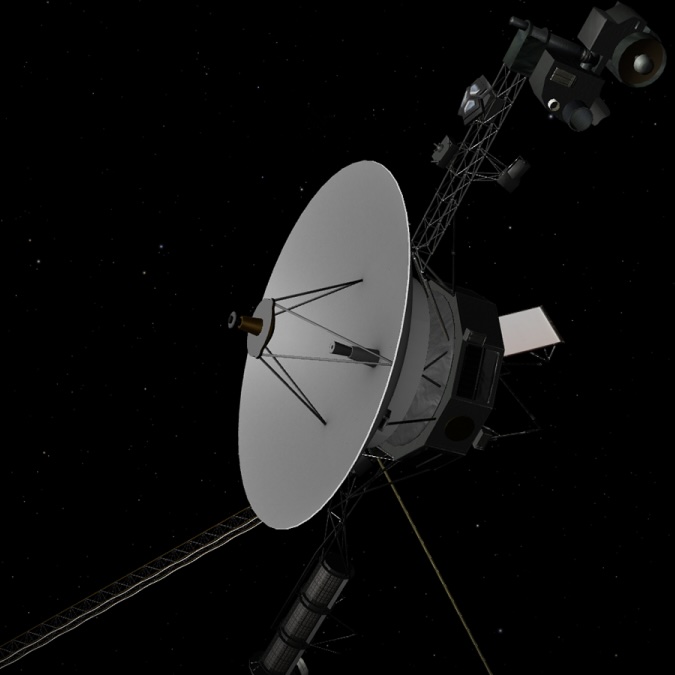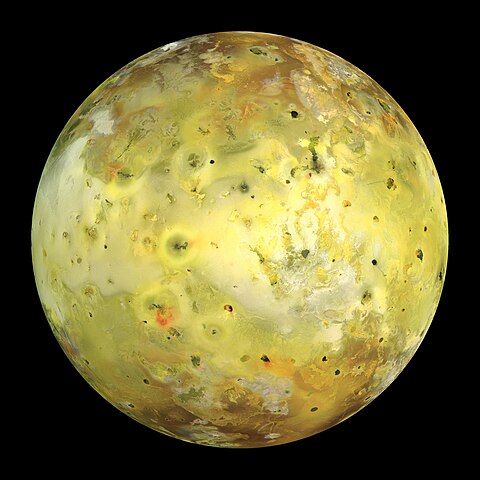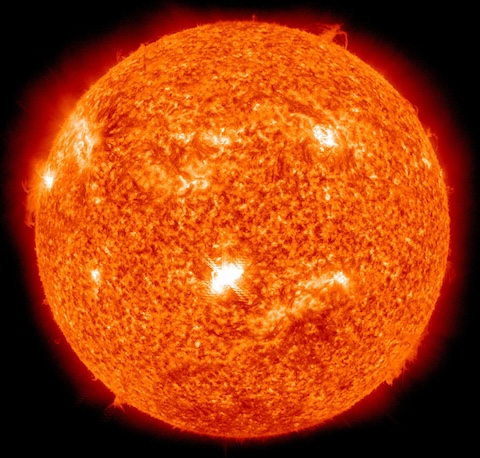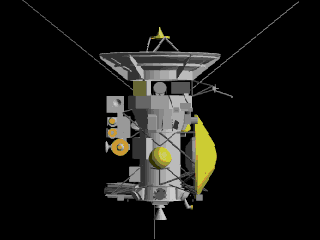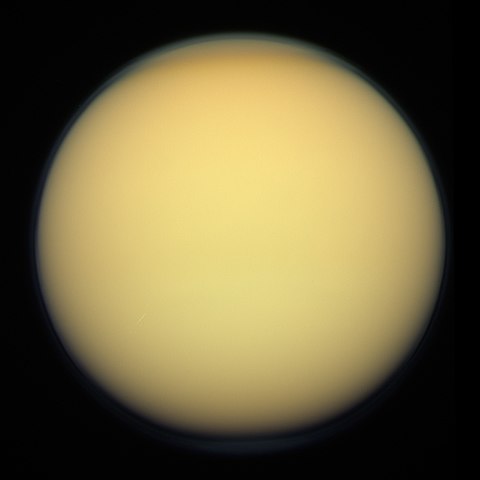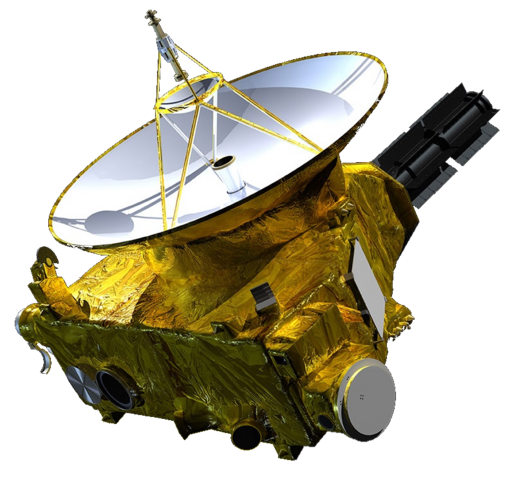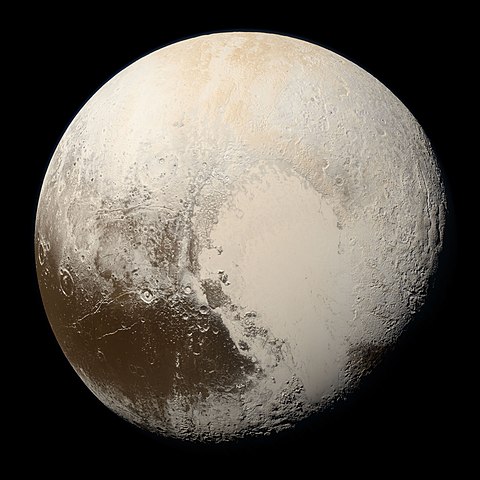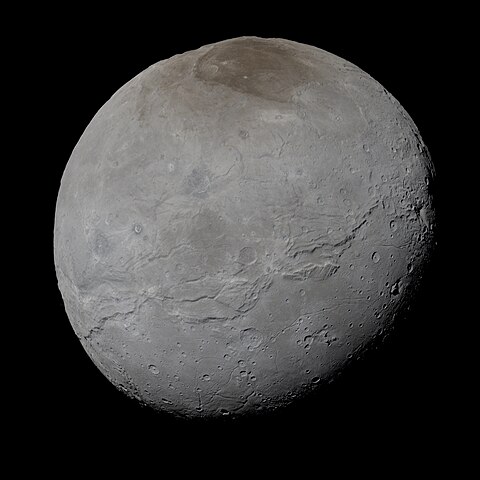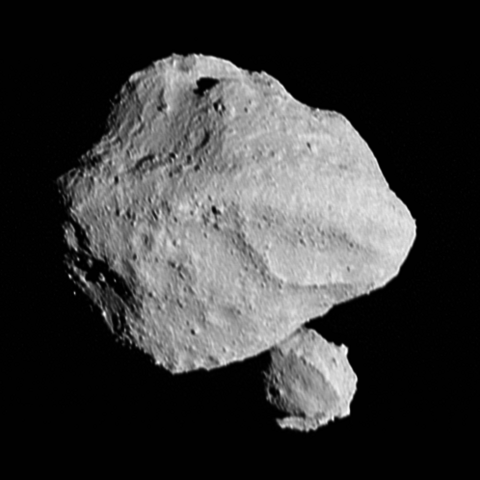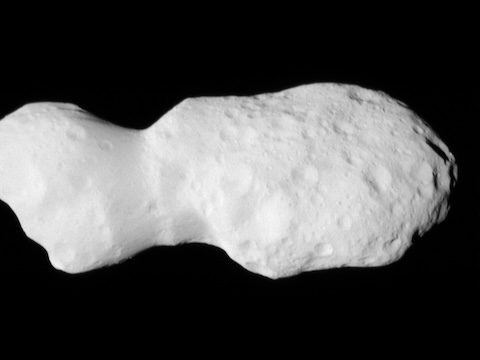1 day / second
0.5 AU
Outer System
Orbital Regime
The outer reaches of the planetary Solar System, spanning from Jupiter at 5 AU to Neptune at 30 AU, dominated by massive gas and ice giants with extensive systems of rings and moons.
Planets
Jupiter
The largest planet in the Solar System, Jupiter is a gas giant with distinctive bands of swirling clouds, a powerful magnetic field, at least 95 moons, and an ongoing storm called the Great Red Spot that has raged for centuries.
Saturn
A massive ringed gas giant with a distinctive yellow-orange hue, known for its extensive system of icy rings and more than 80 moons, including Titan, the only moon in the Solar System with a thick atmosphere.
Uranus
A cold, blue-green ice giant planet tipped nearly sideways on its axis, with a set of narrow rings and a family of at least 27 moons named after literary characters.
Neptune
The eighth and most distant planet, Neptune is a cold, windy ice giant with a vivid blue color, powerful storms, supersonic winds reaching 1,200 mph, and a collection of 14 known moons including the geologically active Triton.
Spacecraft Missions
Pioneer 10
1972 - 2003
+2
Pioneer 11
1973 - 1995
+12
Voyager 2
1977 - Now
+24
Voyager 1
1977 - Now
+9
Galileo
1989 - 2003
+4
Ulysses
1990 - 2009
Cassini
1997 - 2017
+8
Huygens
1997 - 2005
New Horizons
2006 - Now
+5
Juno
2011 - Now
+1
Lucy
2021 - Now
Jupiter Icy Moons Explorer
2023 - Now
+3
Europa Clipper
2024 - Now
+1
